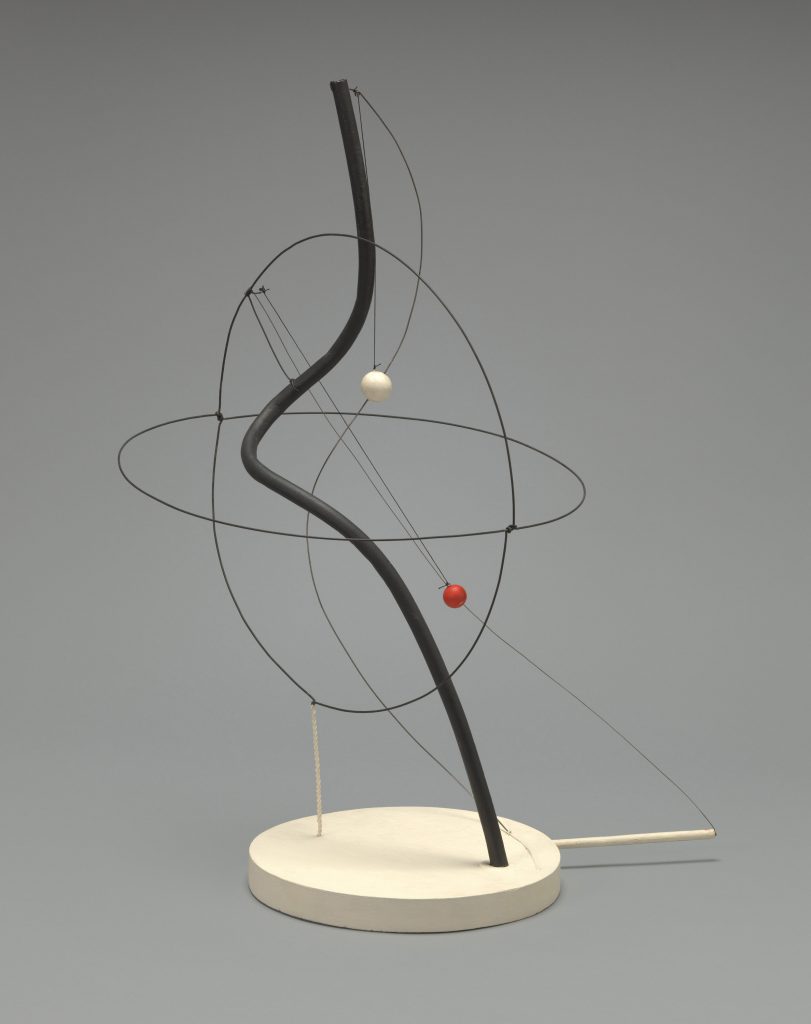


![Untitled (double-sided drawing) [recto] (1943)](https://calder.org/wp-content/uploads/historical-photos/Untitled-double-sided-drawing-recto-1943-450x327.jpg)
The Museum of Modern Art, New York. Alexander Calder: Sculptures and Constructions. 29 September 1943–16 January 1944.
Solo ExhibitionSolomon R. Guggenheim Museum, New York. Alexander Calder: A Retrospective Exhibition. 6 November 1964–31 January 1965.
Solo ExhibitionMusée National d’Art Moderne, Paris. Calder. 8 July–15 October 1965. Originated from the Solomon R. Guggenheim Museum, New York.
Solo ExhibitionWhitney Museum of American Art, New York. Calder’s Universe. 14 October 1976–6 February 1977.
Solo ExhibitionNational Gallery of Art, Washington, D.C. Alexander Calder: 1898–1976. 29 March–12 July 1998.
Solo ExhibitionTate Modern, London. Alexander Calder: Performing Sculpture. 11 November 2015–3 April 2016.
Solo ExhibitionThe Museum of Modern Art, New York. Alexander Calder: Modern from the Start. 14 March 2021–15 January 2022.
Solo Exhibition“Cubism and Abstract Art” is presented by Alfred H. Barr, Jr., at the Museum of Modern Art, New York. Calder is represented by three works: Objet Volant, a large mobile commissioned to hang on the flagpole outside the museum, announcing the show; A Universe; and a mobile.
Following a visit in October of 1930 to Piet Mondrian’s studio, where he was impressed by the environmental installation, Calder made his first wholly abstract compositions and invented the kinetic sculpture now known as the mobile. Coined for these works by Marcel Duchamp in 1931, the word “mobile” refers to both “motion” and “motive” in French. He also created stationary abstract works that Jean Arp dubbed “stabiles.”